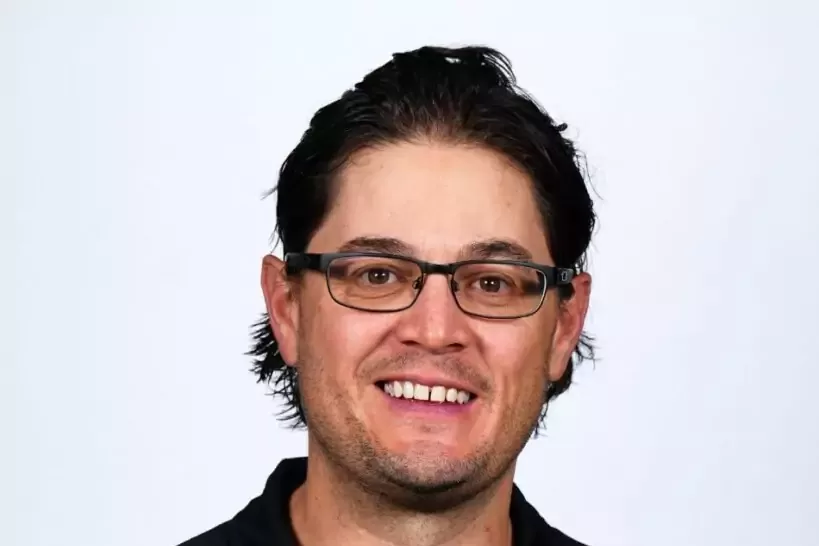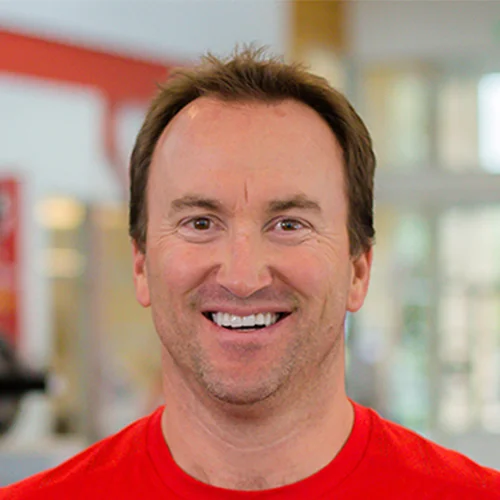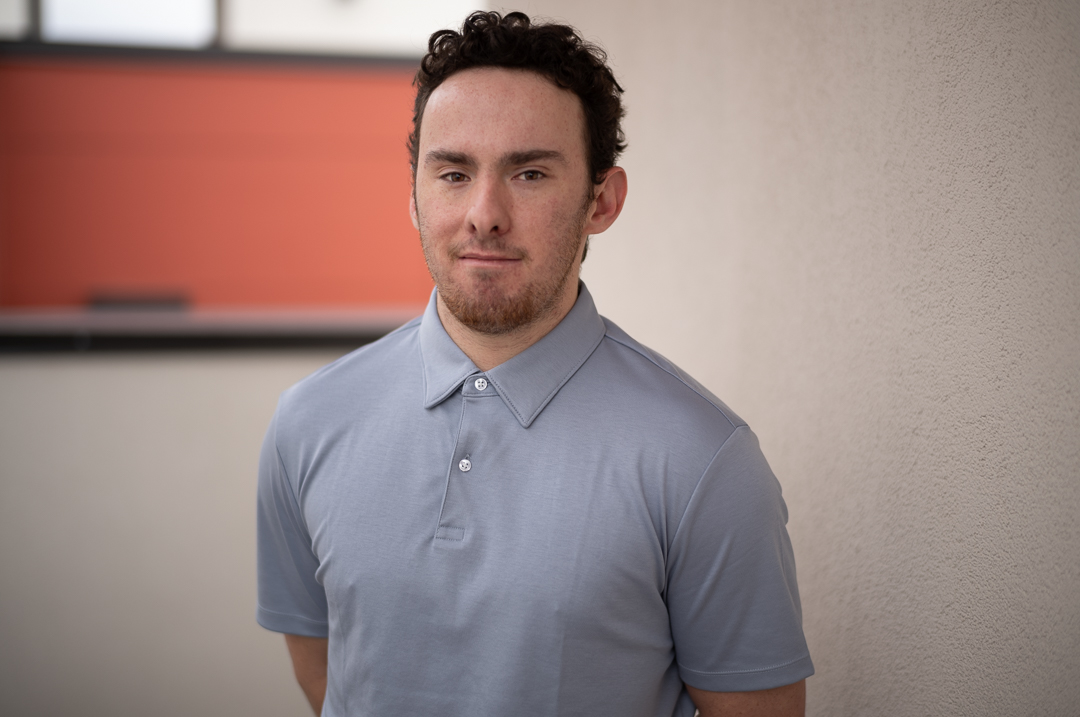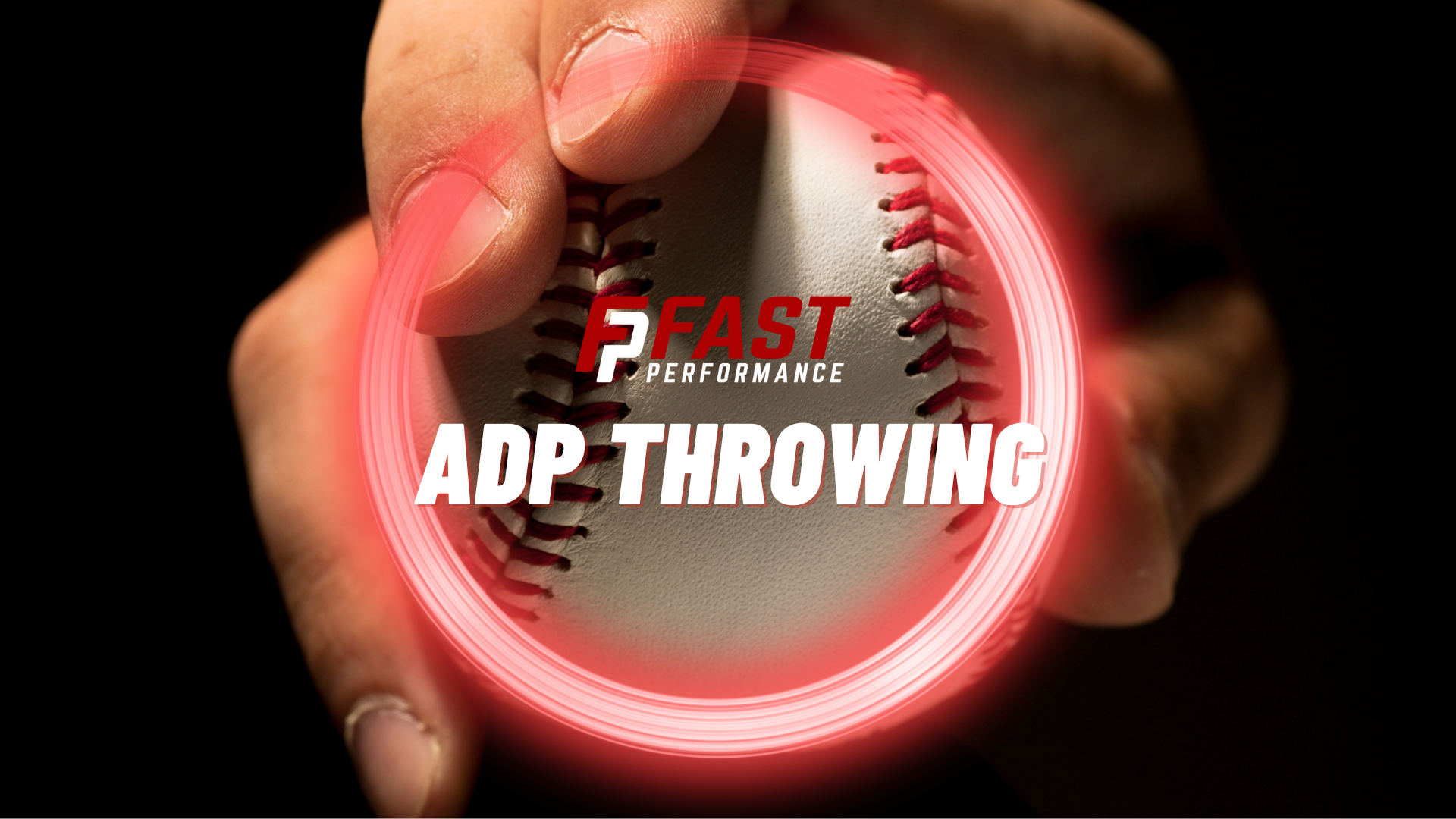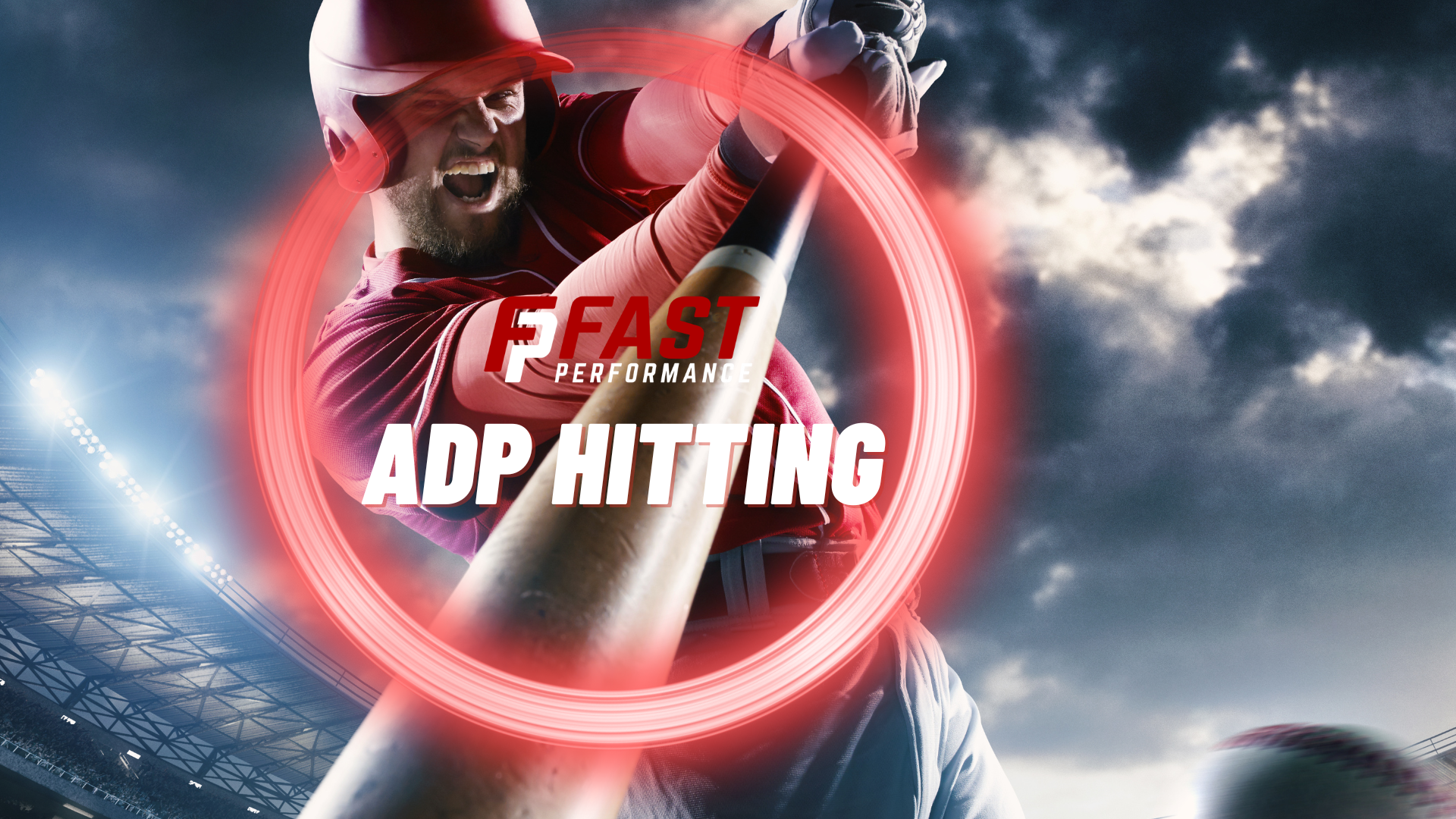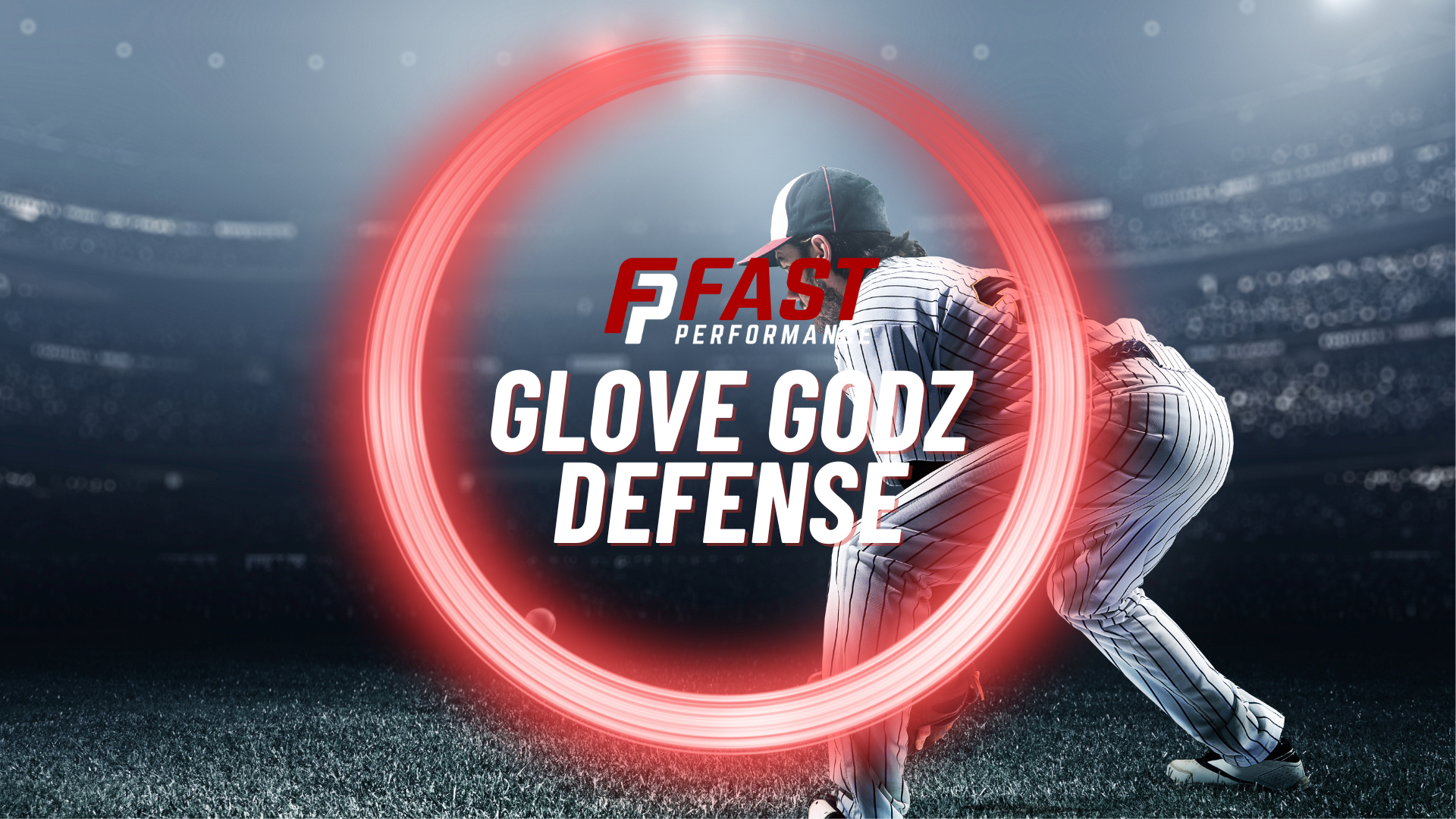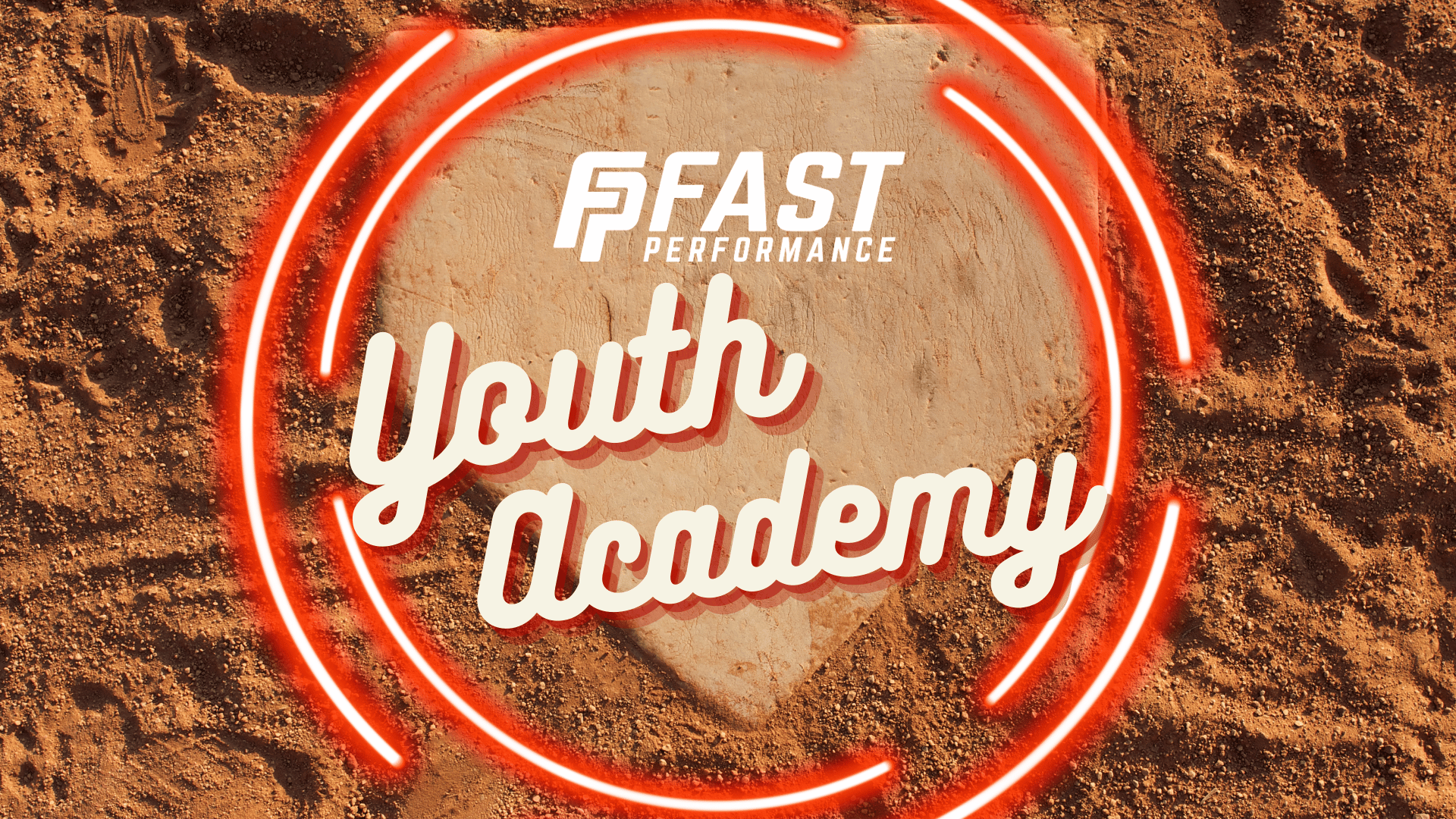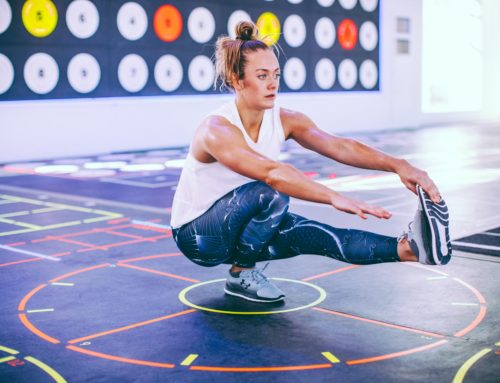By: JC Cole CSCS*D RSCC*D XPS
Our youth sport development system is broken. Everyone can agree on that. We have overeager sport organizers feeding off parents needs to give their young athletes every conceivable athletic advantage at an early age. This is leading to a raft of overuse injuries and burnout amongst development level athletes before they even reach maturation. Society’s need for more, faster, bigger and stronger has permeated our youth and the effect are truly detrimental to our kids.
For us, in the strength and conditioning world, it has affected our profession in a way that is challenging for the professional to navigate. Our customer base consists of parents who desire the competitive advantage for their youth athletes through performance training programs. More often than not, the request is usually specific exercise prescriptions that are geared to the athlete’s sport. This is where we have lost our way as a profession. We all need to change our mindset and approach to success in youth sports.
Training youth athletes for performance should be simple in nature. We need to keep it simple and educate our clients as to benefit of becoming an athlete first, a sport specific player second. What I mean is we need to make them athletic before they can become a baseball, lacrosse or football player. As we know, our nation has cut simple physical education programs in schools. This has left us with a gap in the fundamentals for youth athletes. I’ll give you an example….
More often than usual, I have been approached by parents of youth athletes looking for drills to improve foot speed. They ask for cone and ladder drills that seem to have a following on social media and are easily accessible in video format. As we all agree, footspeed is an important and specific need for success in sport. How we train for it, should not be. My first response to their request is in the form of a question, “Can they jump rope?” Sadly, the top answer is “No” or “They have never tried.” Jumping rope was a staple of physical education during the boomer generation and has slowly worked its way out of common practice. So, I tell the parent, politely, to come back with that footspeed drill request when I have seen the athlete jump rope consistently for 10 minutes. Until that time, specific foot speed drills are unnecessary to begin with, as the simple motor pattern of easy explosive movement cannot be executed and repeated.
Yes, it is a simple intervention, and yes, it’s up to the client to get this done. It does not require a strength and conditioning specialist to build out a footspeed program for the athlete….yet. Additionally, trunk strengthening strategies can be executed by learning and repeating simple plank interventions. Rotational strength and power can be executed with body weight as 9 out of 10 times, the youth athlete does not possess the balance necessary to execute the pattern to begin with, let alone with any type of resistance added. More often than not, I see this going through simple movement preparation patterns of lunging, squatting and stepping.
The solution? Its simple really. Don’t progress the athlete to something specific and sexy until the athletic fundamentals can be repeated and deliberate in nature. Train the athlete like an athlete. Simple movement and stability patterns should be easy to execute and repeat prior to moving on the next evolution of training. In our programming, we like to see an athlete “own” a position and movement pattern before moving on to something more complex. For example, a standard bilateral Olympic deadlift is often common in youth programming. But can the athlete hinge properly? Can they execute a “Standing-T” movement and stabilization during movement prep? Having worked with youth athletes for most of my 25-year career, I rarely see any athlete under the age of 16-17 execute the pattern without flaw.
However, I gain more ground having the youth athlete work on their “Standing-T’s” and Single-Leg RDLs with light resistance than I do with them dead-lifting bilaterally with poor form. I have found that Single-Leg modalities in youth athletes get more results faster than bilateral ones. Why? Single-leg modalities require balance, body awareness and concentration…i.e. good athletic foundations!
I started my Strength and Conditioning career training Competitive Alpine Ski Racers. One of the foundations of our off-season training program was the introduction and evolution of sprint and acceleration mechanics. For athletes that are locked into concrete-stiff ski boot shells for 6-7 months out of the year, these exercises were greeted with disdain from our athletes. They were beyond hard for them to grasp and very frustrating for them. I was often asked by parents and athletes why they were doing them and what does this have to do with skiing? The answer is unequivocally, nothing. It has everything to do sound, athletic, fundamental skills. What does change-of-direction field drills that could be used for soccer or football have to do with Skiing?
Nothing, but it does teach the skier to move like an athlete, not like a skier!
Across the board, you can see the top performing athletes in the world that are not skilled at only the sport they excel in. For example, 2 of the top NCAA Lacrosse players in the world are taking their granted 5th year and participating in other sports. Dox Aitken, UVA’s top Lacrosse Attackman and National Champion is taking his fifth year to play football at Villanova. Pat Spencer, Loyola Attackman and Tewaaraton Winner (MVP for NCAA Lacrosse) is playing basketball at Northwestern. Bode Miller and Mikaela Shiffrin, FIS World Cup and Olympic Medalists and both very accomplished tennis players. And the list goes on and on…
The lesson here is, be an athlete first. When a parent comes to me and asks me for a dedicated Strength and Conditioning program for the off-season of their 13yr old, I have a simple program that I give them. It consists of:
- Buy and Mountain-Bike and ride it 3 days a week.
- Join a club sport team that is not your main sport.
- Climb 2-3 14ers this summer with your family.
- Jump Rope every day.
- Be a kid. Play in the backyard, get your knees and elbows dirty, run through the woods and play capture the flag. Be a “free-range” athlete!
Its far too simple for us to grasp as a society, but I think we would all agree we have lost our ability to allow for youth athletes to be kids. They have to be pre-programmed and destined for greatness in sport. If you allow them to grow and train organically and enjoy the process of sport learning with simplicity, there are no limitations to where they may go and what range of success they may have. The exposure to different sports and modalities of training may lead them in a direction of success and passion that you never expected.
So keep training for sport simple, not sexy. Youth athletes need simplicity and repetition to groove movement patterns. Allow for game-play and competition scenarios, but keep your eye on the fundamentals and watch them grow, learn and succeed!
